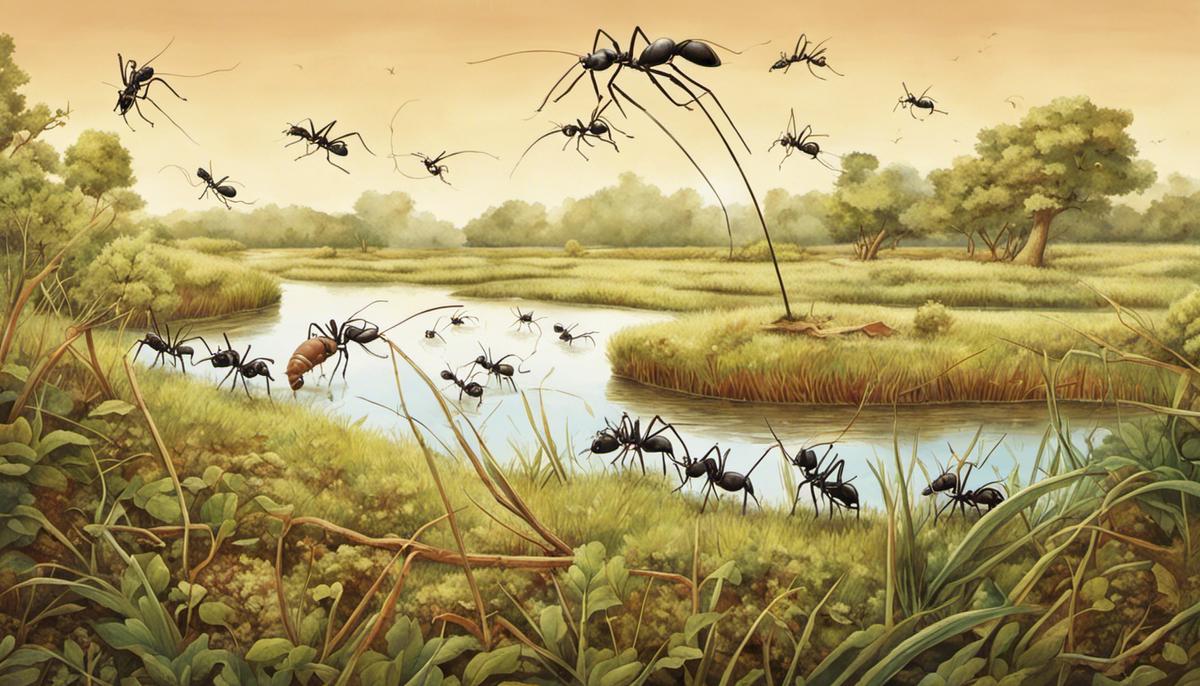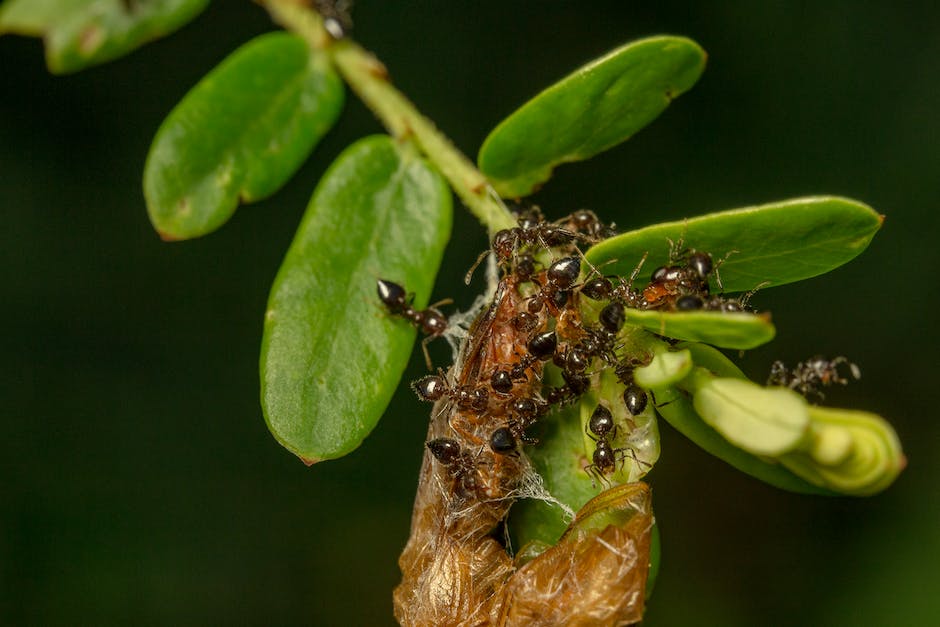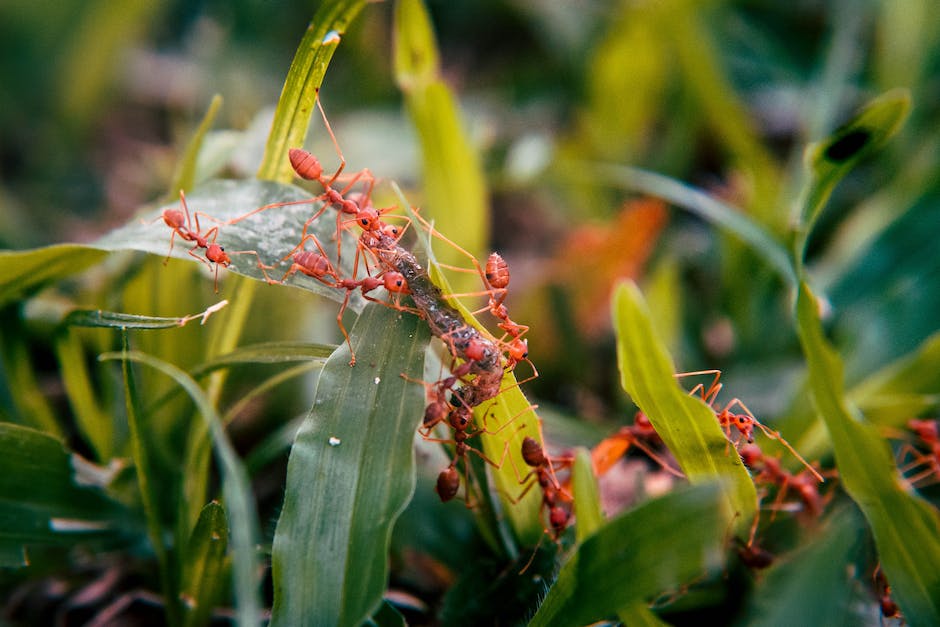Eradicate Ants from Your Lawn in Easy Steps

Ants functionality is crucial to our ecosystem, yet, when they multiply uncontrollably and begin to invade our outdoor spaces and homes, they become unwanted intruders. Being armed with knowledge about these tiny creatures, including why they are attracted to your lawn and their nesting habits, puts you in a position to launch a targeted attack to eliminate them. Across this informative directive, we’ll delve into the very nature of ants: their behavioral patterns, the types, the fascination to your yard and the practical steps you can put into action to control them. Whether you prefer an organic or chemical-based approach, you’ll get a better understanding of various effective methods, their pros, cons, and application techniques. Let’s usher you into this journey towards a healthy, ant-free lawn!
Understanding Ant Behavior
The Whys and Hows of Understanding Ant Behavior: Your Lawn’s Best Defense!
Fellow parents and homemakers, we all love our lawns, don’t we? Our cherished green oasis where the kids play tag, we have wonderful summer cookouts, or simply appreciating the quiet while sipping a hot cup of joe. But a common uninvited guest that might just turn our beautiful lawns into a disaster is the tiny but mighty, ants. Ants, small as they are, can cause a big problem in our lawns, and therefore it’s essential to understand their behavior to successfully eliminate them.
First off, let’s discuss why understanding ant behavior is vital. Here’s the deal: ants are incredibly social insects. They live in colonies which can range from a few hundred to several million ants. In every batch, there are workers, soldiers, and a queen, all functioning strategically and relentlessly 24/7. Because of this relentless teamwork, random, untargeted squashing or spraying might feel like a short-term victory, but it is seldom effective in the long run.
Remember, for every ant you see scurrying around, there can be hundreds more lurking underground. If we don’t obliterate the complete colony, including the queen, the remaining ants will soon lapse back into their routines, and the cycle continues. Consequently, understanding their behavior is the first step in devising an effective game plan.
But don’t let these complexities deter you! By leveraging ant behaviors to our advantage, it makes the task at hand easier, more effective, and less tedious!
Firstly, knowing that ants firmly rely on their scent trails can be a game-changer. Ants communicate using pheromones, laying down a scent trail which leads worker ants from the nest to food sources. By disrupting these trails, we can effectively confuse the ants and delay their foraging efforts, minimizing their damage to your lawn. Using natural, harmless-to-humans compounds like vinegar could do the trick.
Secondly, remember that the queen ant is the heart of the colony, responsible for producing new ants. Identifying and targeting the queen presents a clear-cut solution to our problem. But how do we do that when the queen ant rarely leaves the nest? Simple! Use slow-acting baits. These are designed so that worker ants, lured by the bait, carry the poisonous treat back to the nest, sharing it with the queen and other ants. Eventually, decimating the whole colony.
Finally, it’s worthy to note that different ant species display different behaviors and dietary preferences. Some ants prefer sugary foods, others are attracted to proteins or fats. By identifying the ant species we are dealing with, we can choose the correct bait type, thereby enhancing the bait’s effectiveness.
Remember, just as you strive to protect your family, ants are doing the same. But as bearing custodian to our lawns, we can redirect their can-do spirit to ensure the flourish of our grassy backyards. By understanding the “whys” and “hows” of ant behavior, we can choose the most effective, less harmful, and sustainable ways to control them. Best of all, our lawns can continue to be the background for joyous family memories, uninterrupted by an army of little invaders. Happy homemaking, everyone!

Organic Ant Control Methods
Just like you and me, every mama ant is just trying to feed her family. If she finds a good source of food or water, she’ll leave a trail back to the nest for others to follow. While we marvel their cooperation, it can spell trouble for our perfectly manicured lawns. We learned that simply squashing them or spraying them randomly won’t work as they live in deep colonies. So, what to do? Here are some green ways to gently guide them elsewhere, minimizing harm to both the ants and the environment.
Citrus Peels
Given that ants tend to detest the smell of citrus, you can put these everyday kitchen scraps to good use in your lawn. Scatter some around any areas where you’ve spotted ants. You’ll find them willingly moving away, and as a bonus, as the peels decompose, they add nutrients to the soil.
Cayenne Pepper or Cinnamon
Sprinkling some cayenne pepper or cinnamon in infested spots can also be an effective yet eco-friendly deterrent. Ants really dislike spicy or strong odors and will find a new path. Be sure to cover all trails to prevent them from re-routing.
Diatomaceous Earth
Our soil-dwelling friends, like earthworms, are safe, but ants? Not so much. Food-grade Diatomaceous Earth (DE) is deadly to ants but harmless to other creatures. Sprinkle it around the lawn, particularly near the ant nests you’ve spotted.
Cornmeal
Ants love it, but they can’t digest it. They will carry it back to their colonies, which will eventually wipe out the population. It’s an effective technique that should be used cautiously, making sure it doesn’t become a predominant feature on your lawn.
Plant Ant-Repellent Plants
Another great trick is to plant ant-repellent species around your lawn. Plants like Tansy, Marigold, Lavender, and Peppermint are beautiful, aromatic, and naturally ward off ants.
Remember, not all species of ants pose a threat to your lawn. Some actually enhance soil quality and control other pests. By understanding their behavior, we can redirect ants and choose the most appropriate method to handle any populations that are harming our lawns.
Lastly, remember one size doesn’t fit all – ants are extremely varied creatures. Adopting a targeted approach based on the species present in your lawn would be the most effective way to get rid of them. Your local extension service can be a great resource for this.
Keeping your home and lawn ant-free doesn’t have to mean choosing between creepy-crawlies and harmful chemicals. With a little planning and some natural remedies at hand, you can enjoy sustainable, eco-friendly pest control.

Chemical Ant Control Methods
Moving on to further practical solutions for ant invasions, let’s consider the bigger guns: pesticides.
There are plenty of effective pesticides available that are designed specifically for ant control. With an array of products to choose from, you can find pesticide sprays, granules, aerosols, gels, and dust, with each designed for a specific use case. These products contain strong chemicals such as bifenthrin, permethrin, and cyfluthrin, which affect the nervous system of the ants resulting in death.
Aerosols and sprays like Terro and Raid are usually easy-to-use and are highly effective for controlling ant trails and direct nest treatments. However, it’s critical to remember that sprays have limited residual effects, which means they only work for a short time after application.
Granules and dust pesticides, on the other hand, are slow-releasing, and can continuously affect ants as they come into contact with the treated areas for an extended time. A popular product includes Spectracide Triazicide which can be spread out and watered to penetrate into the soil.
Gel baits like Advion are undeniably advantageous. They utilize slow-acting insecticides mixed with attractive food lures, leading worker ants to carry this ‘poisonous food’ back to the colony, wiping them out over time, queen and all. The strategy taps into the very social behavior and complex structure of ant colonies that we discussed earlier.
Always prioritize safety for both your family and ecosystem when using these products. Children and pets must be kept away during and immediately after applications. Similarly, avoid applying near water bodies to restrict contamination.
An interesting alternative is the use of biological control methods. These entail the introduction of ant predators like certain types of beetles, birds, or nematodes (roundworms), which are known to prey on ant larvae. This is, however, contingent on the exact ant species you’re dealing with and can be a bit more complex to implement.
Pair these efforts with conscientious yard maintenance routines – regular mowing, removing of any piled-up grass or leave stacks, and keeping the outdoor spots, especially eating areas, clean.
In the end, the challenge of controlling ants on your lawn is surmountable, armed with this knowledge and the right approach! Now march onwards and claim back your lush, peaceful greens. Good luck!

Ultimately, overrunning ants don’t have to rob you of the joy and beauty of your lawn. Equip yourself with the valuable knowledge of ant behaviour and various control methods. Through organic strategies like using diatomaceous earth and citrus peels, you can remove ants while still preserving the environment and other non-target garden organisms. Similarly, chemical control options serve as viable solutions, provided you apply them responsibly and adhere to safety measures. Remember- an ant-free lawn isn’t unachievable; it requires keen understanding, the right tools, and a strategic approach. Here’s to reclaiming your lawn and maintaining its lush green appeal!



